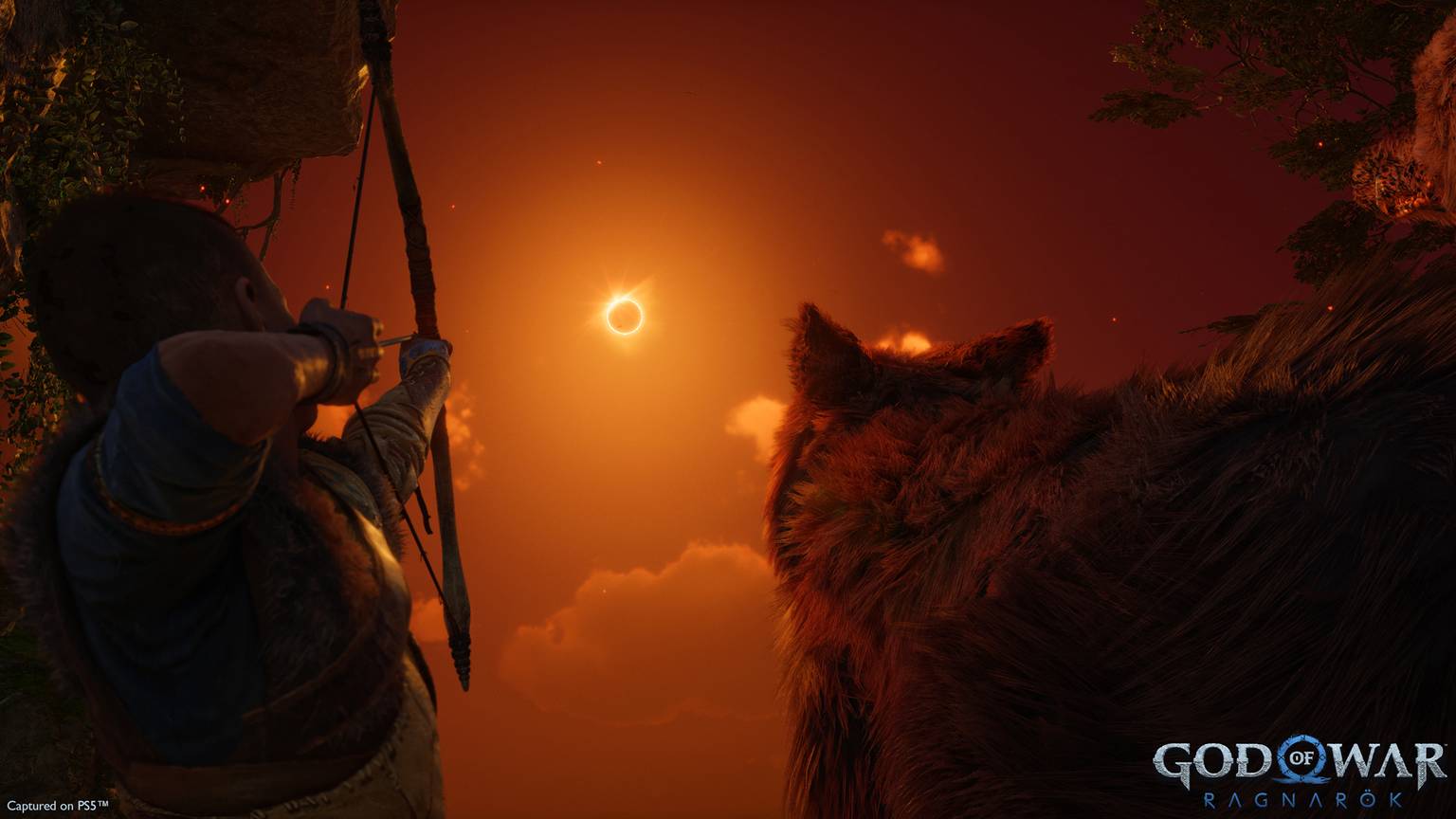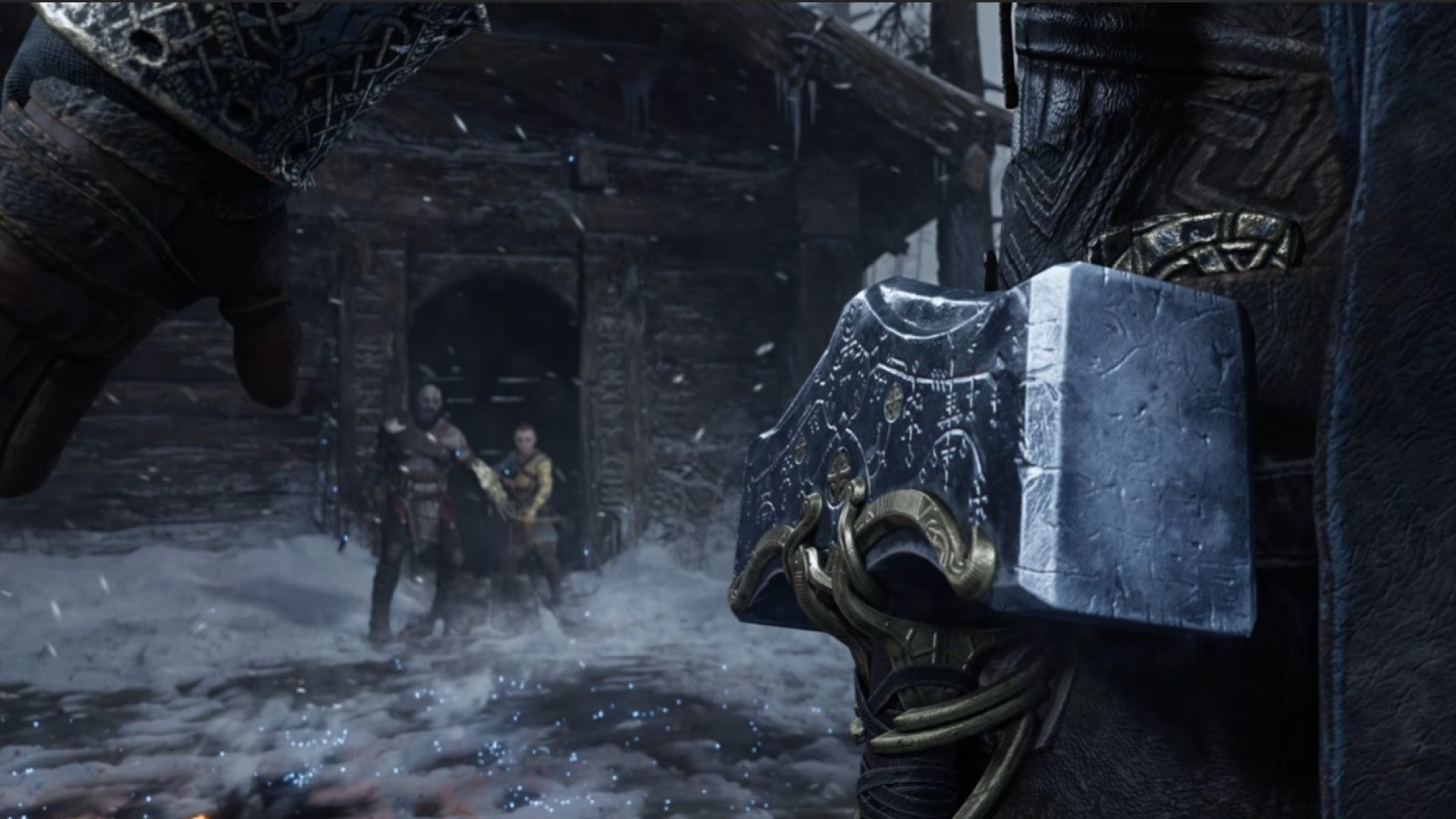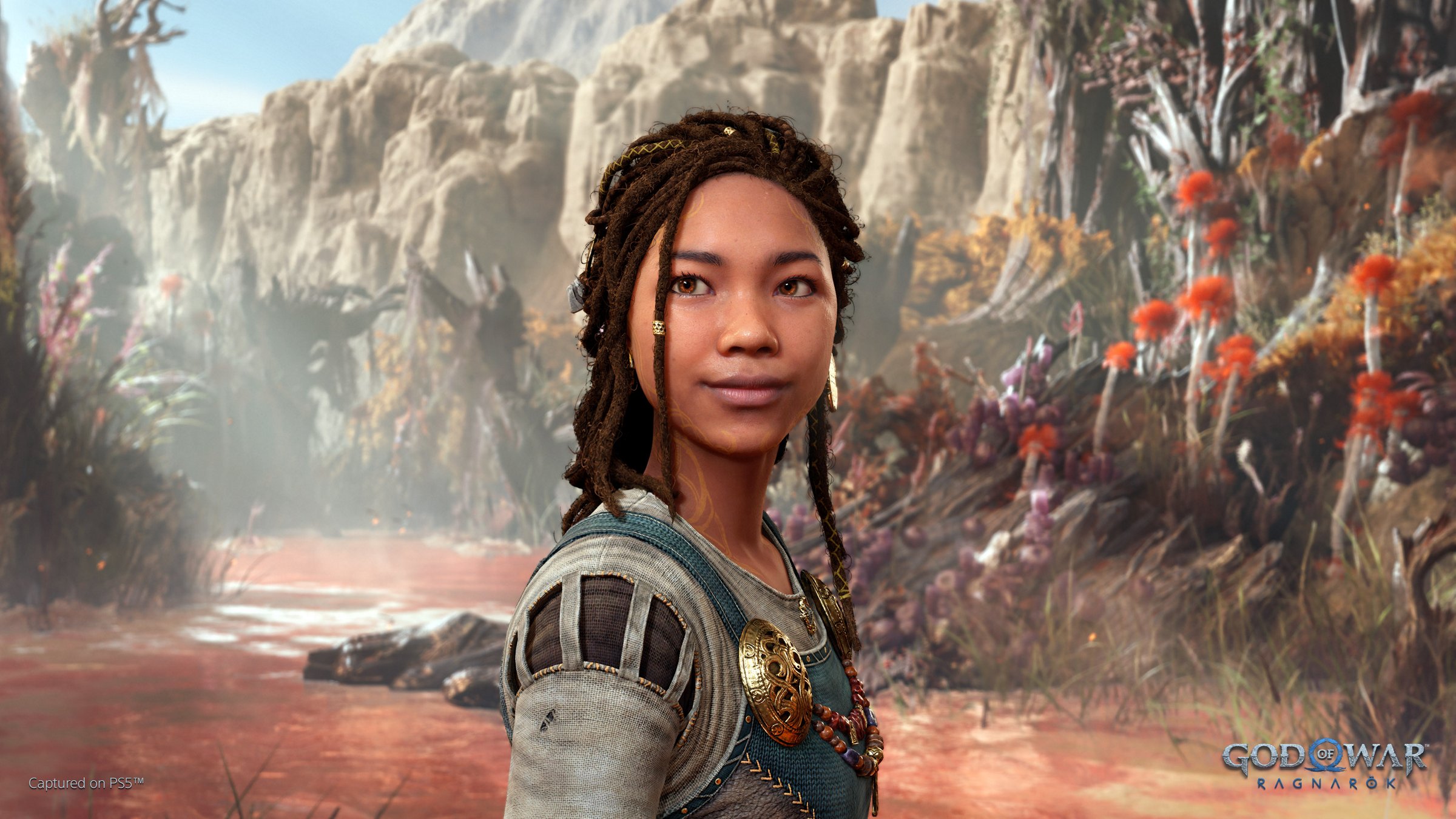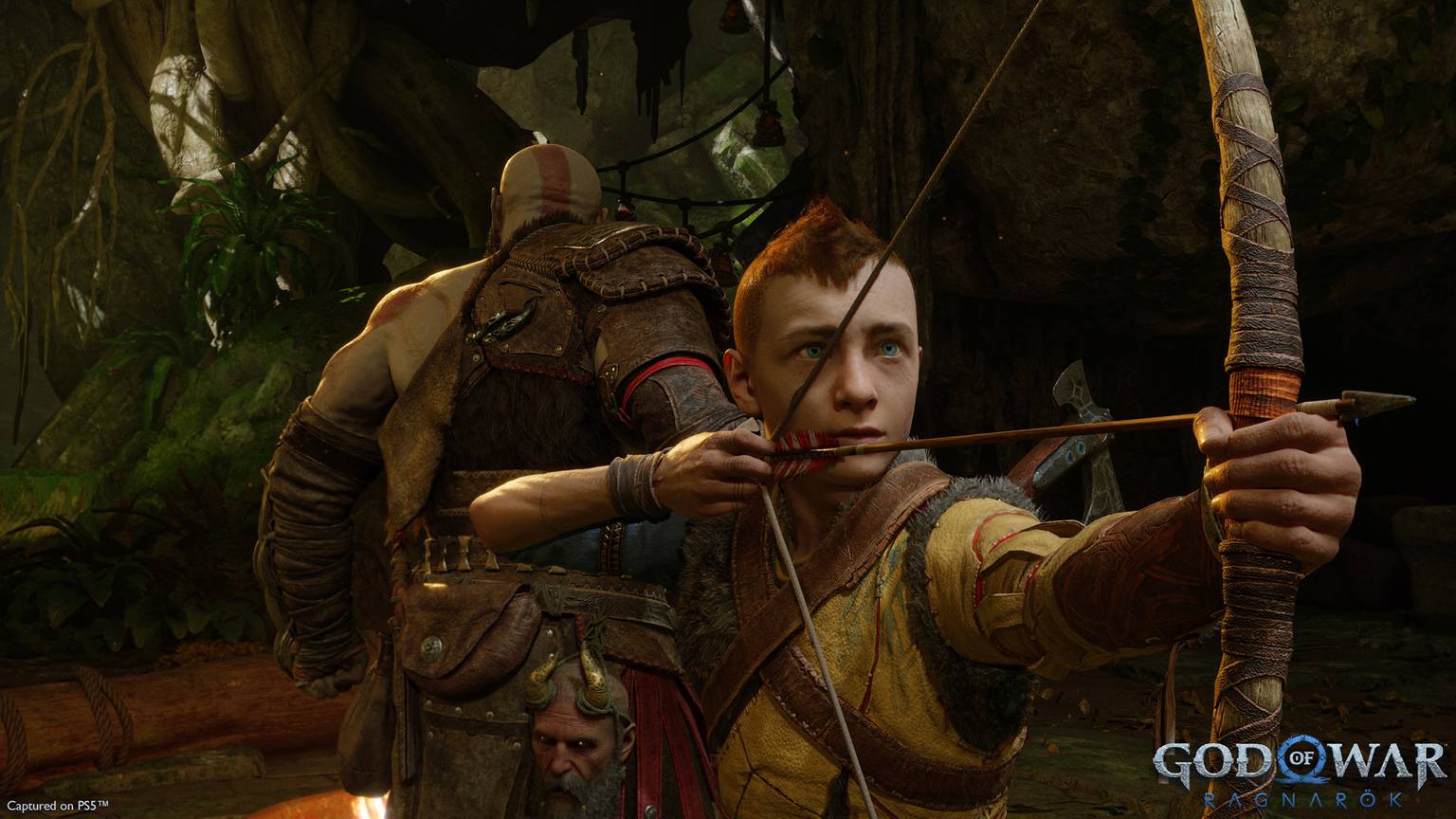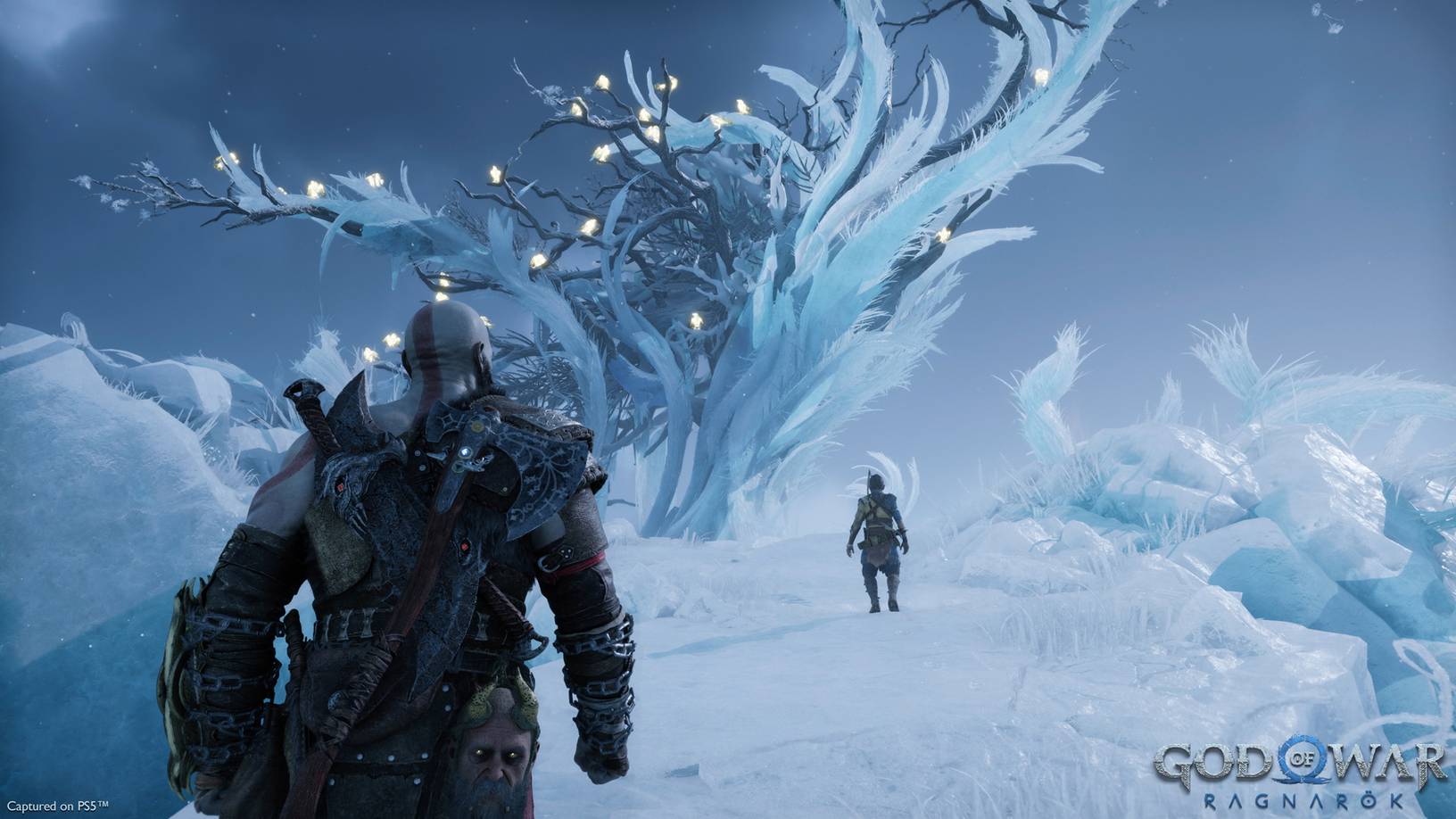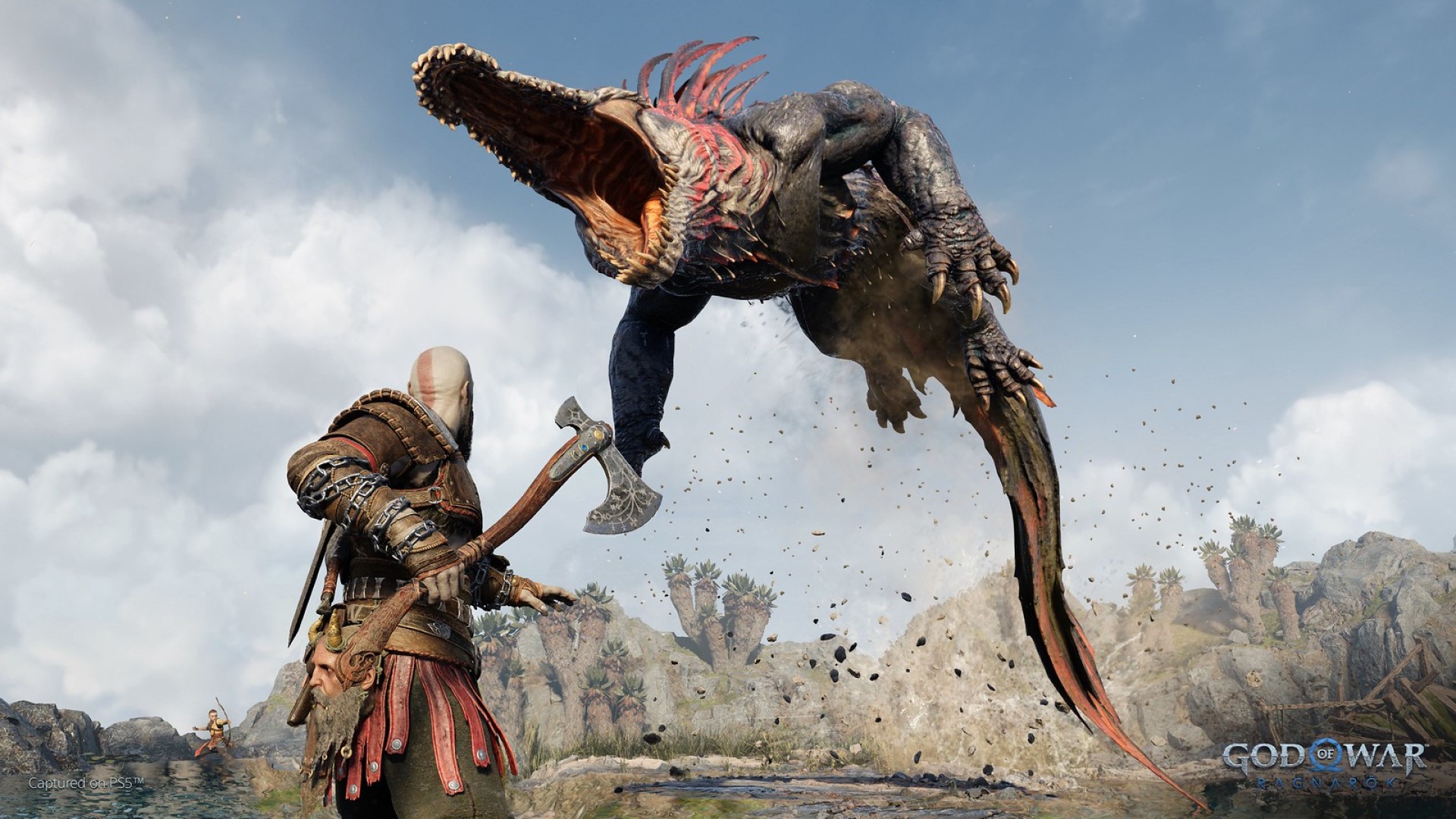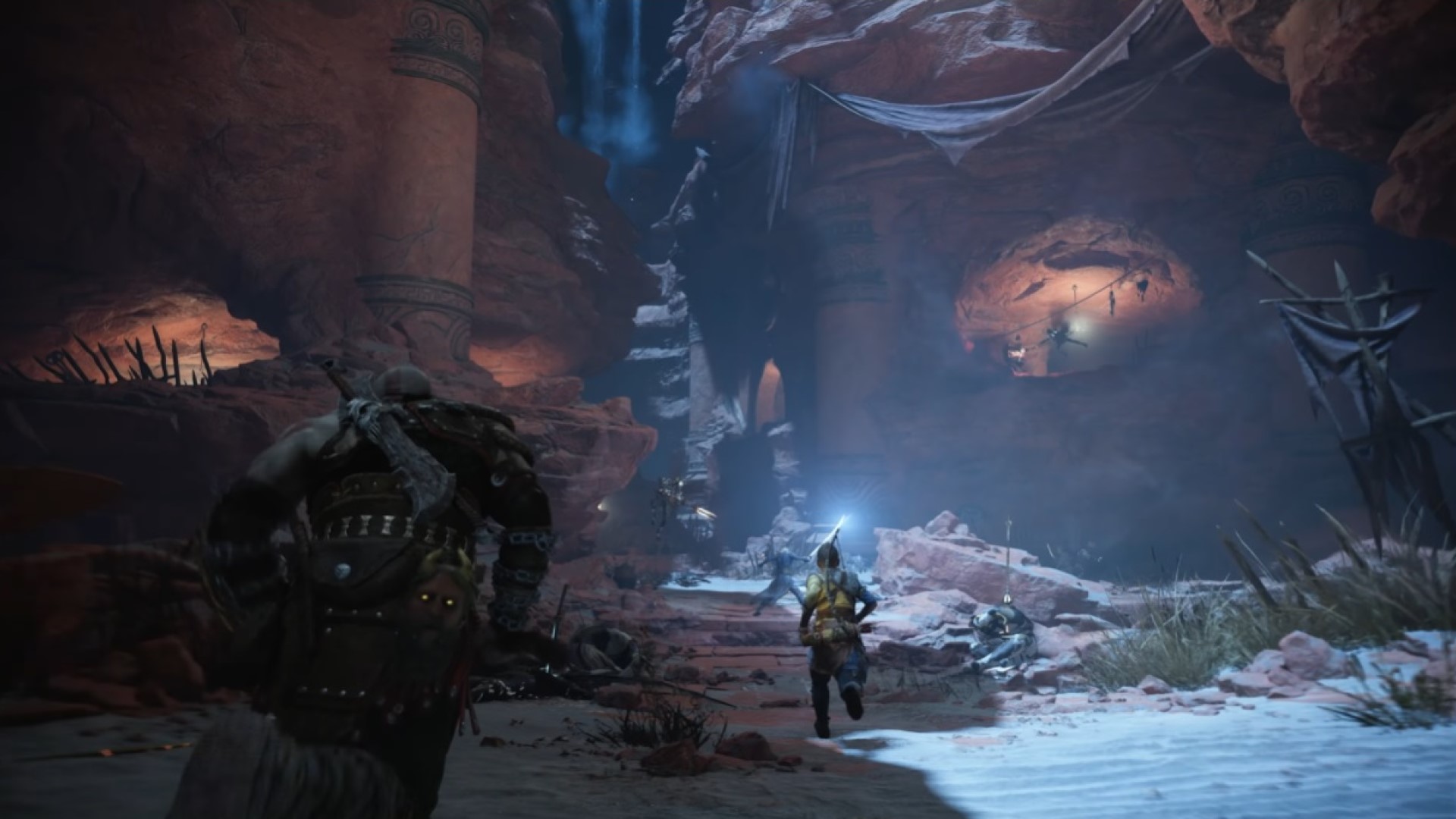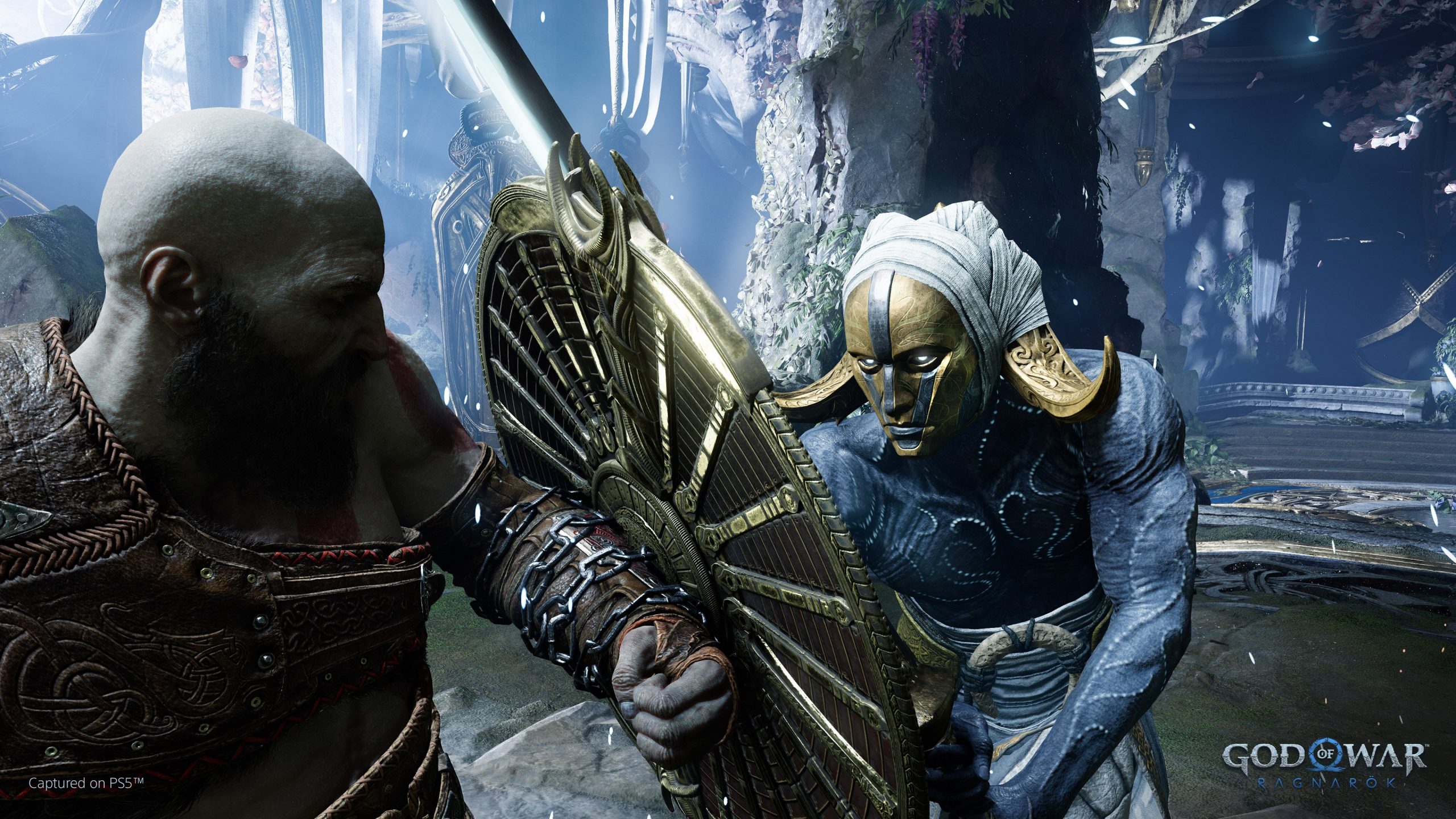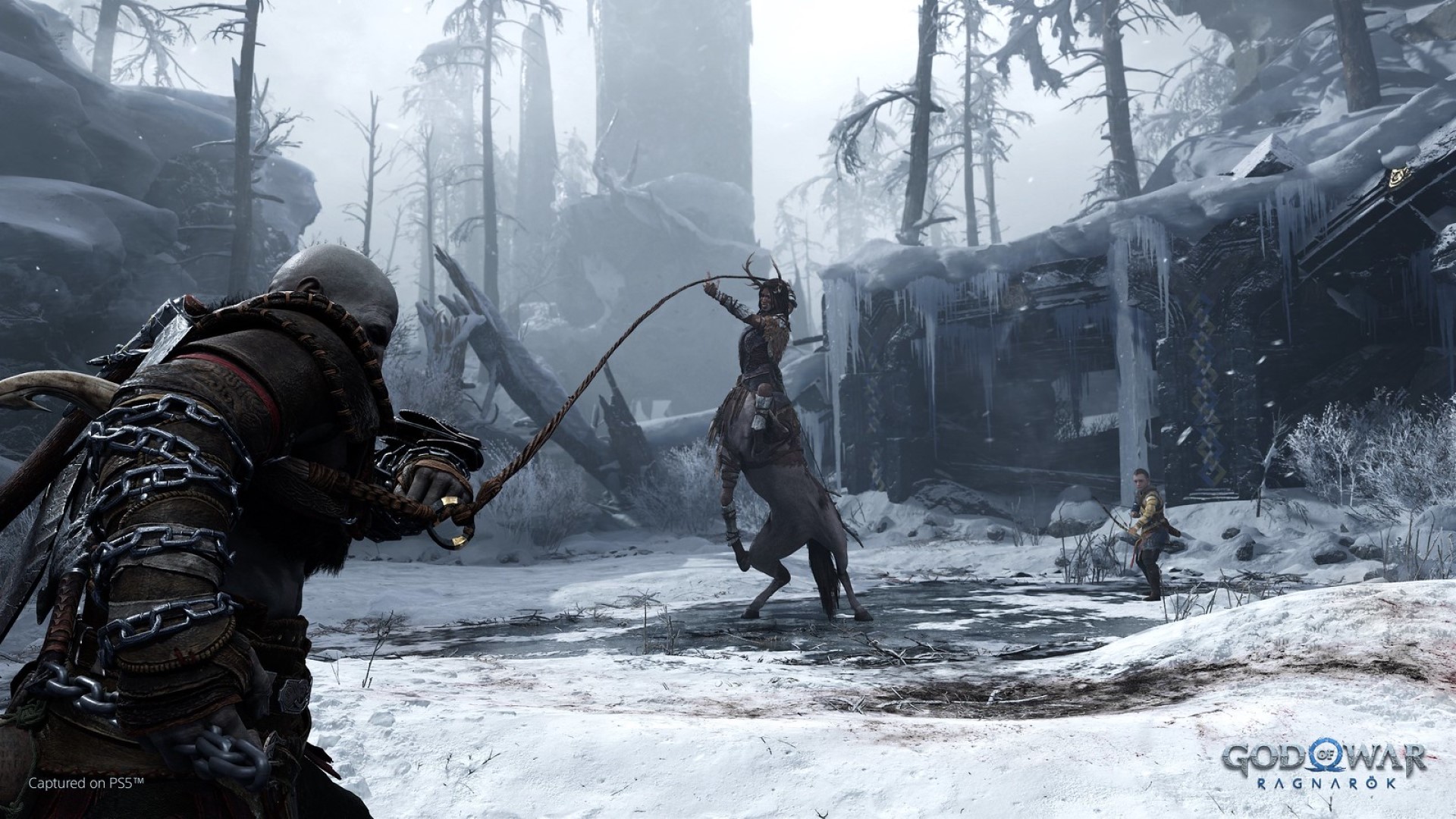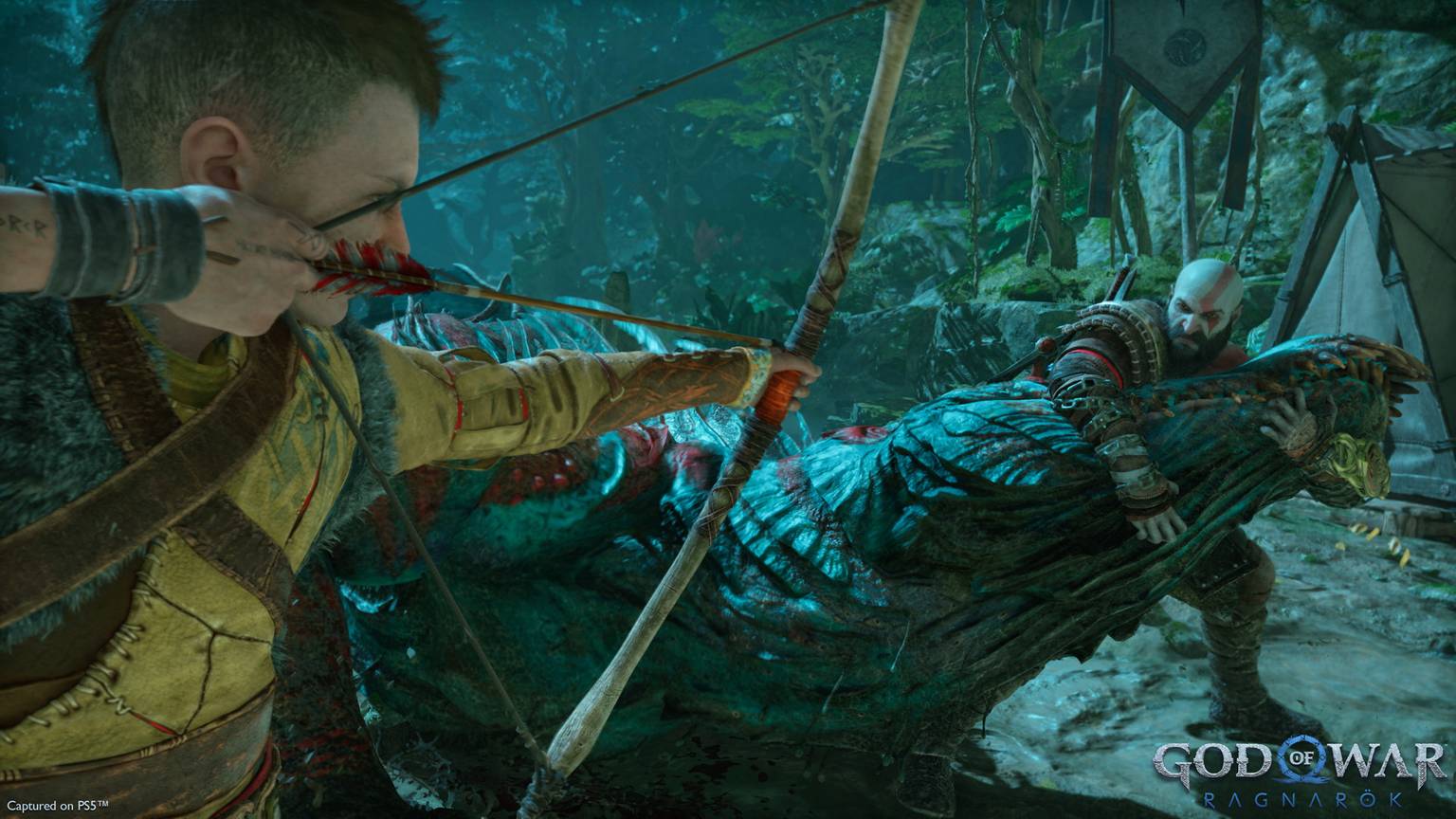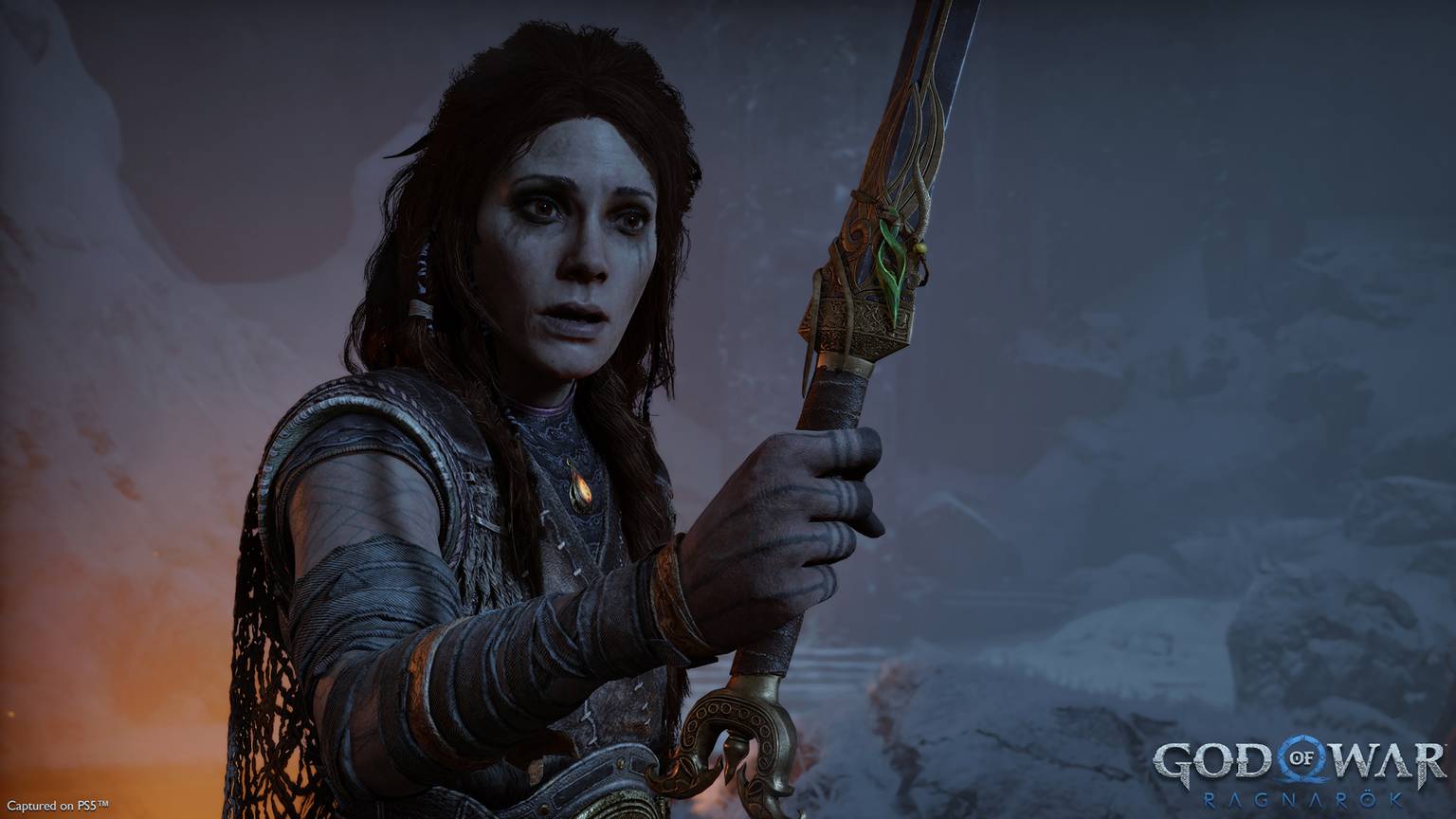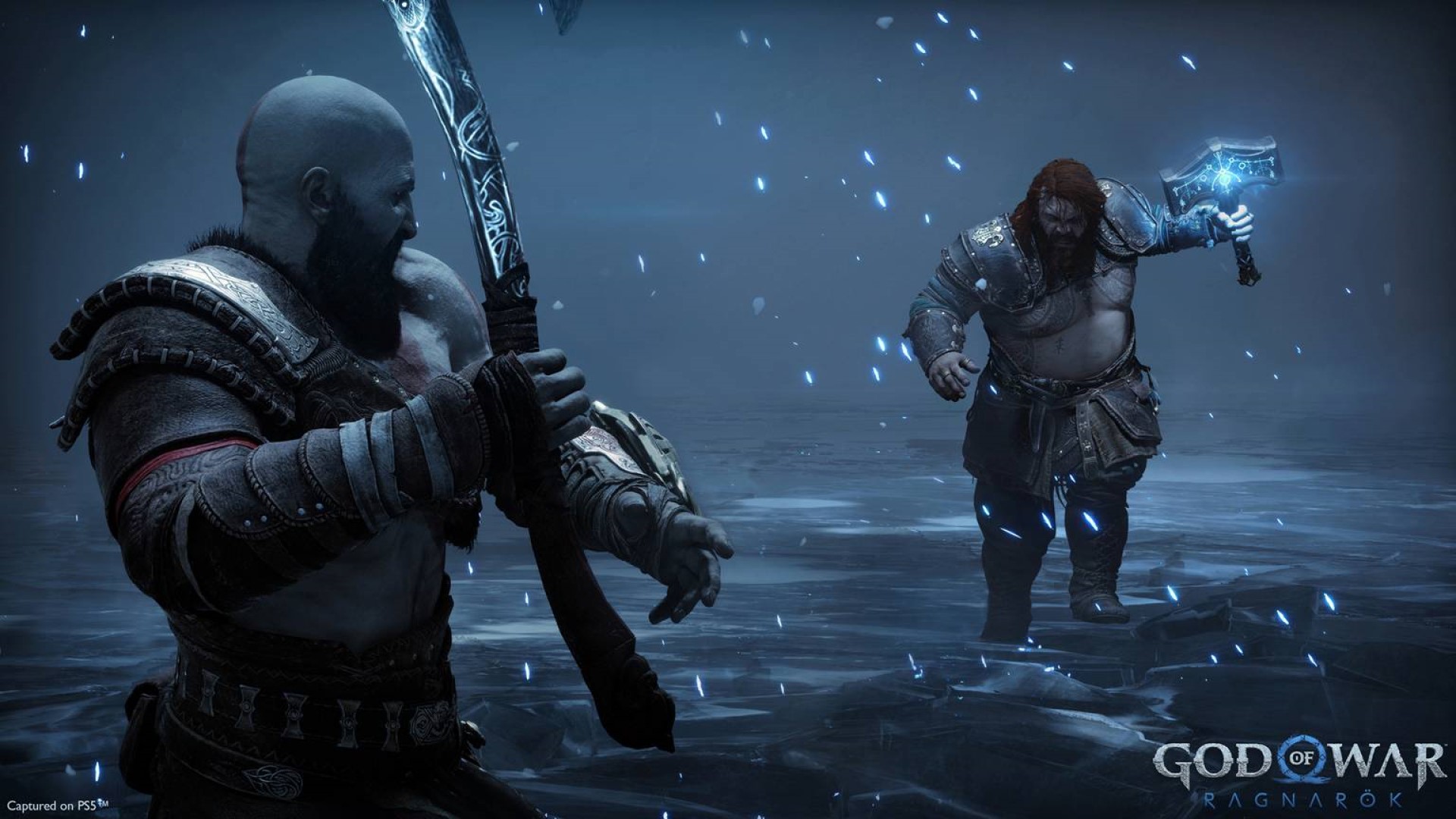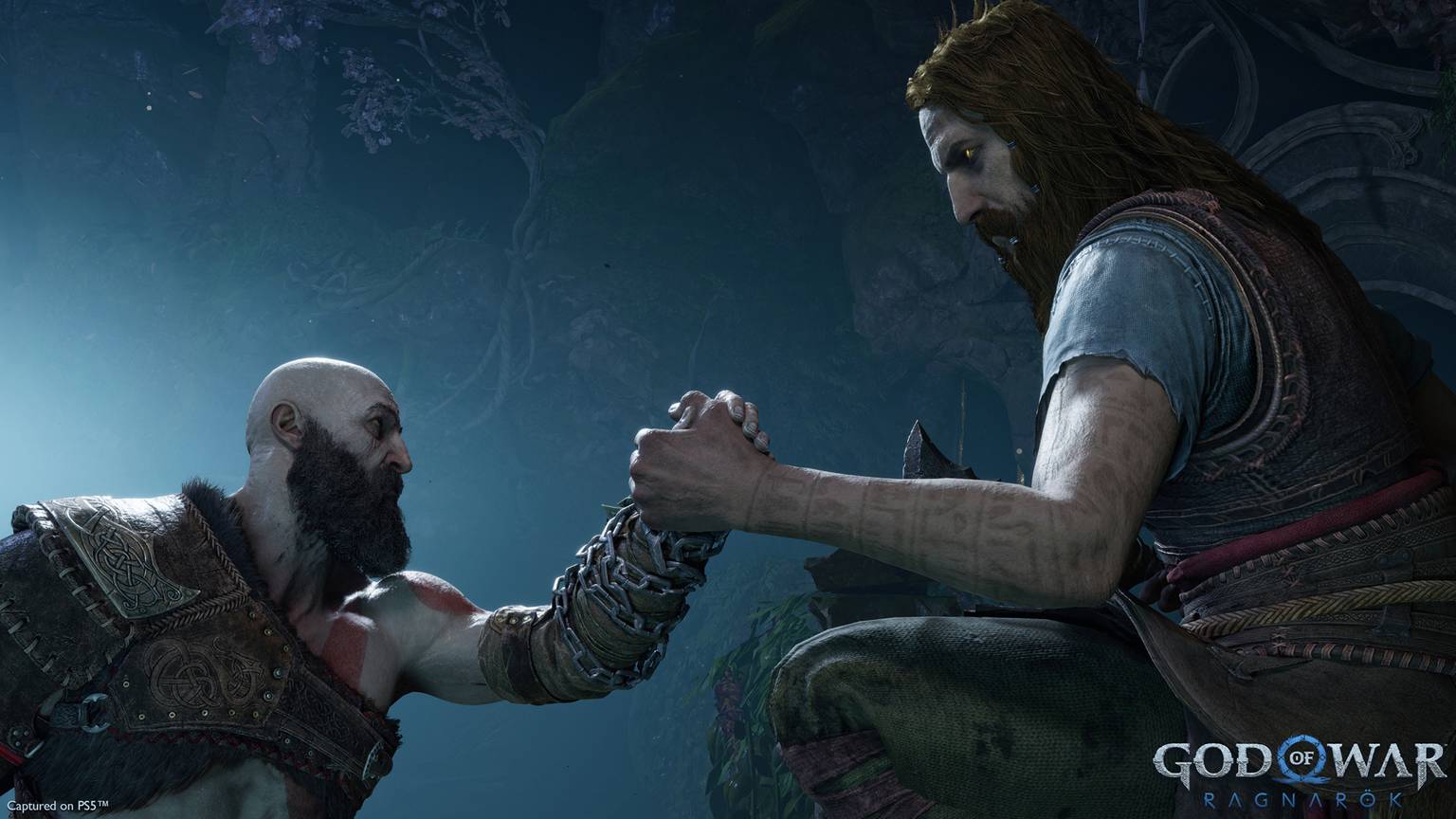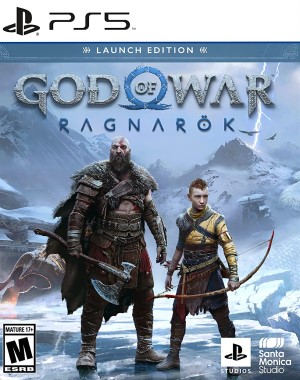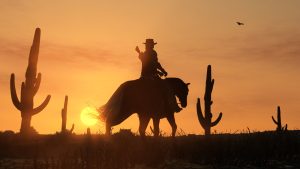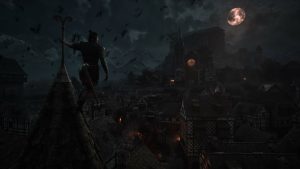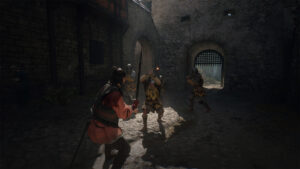
To call God of War (2018) one of the biggest games of the previous console generation would be a bit of an understatement, and finally, the wait for its sequel is about to come to an end. Millions have been salivating at the prospect of reuniting with Kratos and Atreus and joining them on yet another epic journey through the realms of Norse mythology, and soon, we will be doing just that. As we approach God of War Ragnarok’s impending launch, here, we’re going to take a look at a few key details that you should know about the game.
STORY
God of War (2018) ended in a dramatic place- though Kratos and Atreus successfully scattered Faye’s ashes on the tallest peak in all the realms, by killing Baldur, they accidentally kicked off Fimbulwinter, a three year-long winter that ends with the beginning of the world-ending event known as Ragnarok. When the sequel kicks off, three years have passed (which means Atreus is visibly older now), and Ragnarok is about to begin. Kratos, of course, wants nothing more than to mind his own business and live a life in isolation where he can keep Atreus safe. Atreus, however, has other ideas and, driven by the discovery that he is Loki, wants to do everything in his power to stop Ragnarok.
END OF THE NORSE SAGA
God of War’s Greek saga comprised of six games, and while no one ever really expected the series’ Norse era to get to that number, most at least expected that it would be a trilogy. SIE Santa Monica Studio, however, made the decision early on that God of War Ragnarok is going to be the second and final instalment of the Norse saga. The current story will wrap up by the end of this game, and while that obviously doesn’t mean that there won’t be any more God of War games in the future (there’s plenty more mythologies the series can turn to), Ragnarok will be the final game of the arc that began with the 2018 title.
FOES
Obviously, the father and son duo’s journey through the Norse realms is going to be fraught with danger, and they’ll run into more than a few formidable foes on their quest to prevent Ragnarok. For starters, there’s Freya, who has sworn vengeance upon Kratos for Baldur’s death and seems hellbent on killing him by whatever means necessary. Then, of course, there’s Thor, the hammer-wielding Aesir brute who has Kratos and Atreus in his crosshairs, given the fact that the two of them have killed many in his family by this point. The king of the Aesir, Odin the Allfather is also going to be a prominent antagonist. So far, these are the primary villains that have been concerned, but of course, a cursory glance at Norse mythology will tell you that there’s several key figures related to Ragnarok who’re likely to have a role to play as well. For instance, when they finally get to Asgard, will Kratos and Atreus have to take on Heimdall, who guards the entrance into the realm? In their quest to prevent Ragnarok, will they end up fighting the fire giant Surtr? Both of those things seem likely.
OTHER CHARACTERS
God of War Ragnarok is obviously going to have a wider cast of characters than its predecessors, and several in its supporting cast (beyond the antagonists we just spoke about) have also been confirmed to appear in the game. Some of them are, of course, returning characters, including the likes of Mimir, Brok, and Sindri. Several notable newcomers have also been shown- like Tyr, Norse mythology’s god of war, who will seemingly be an ally to Kratos and Atreus. There’s also Angrboda, a giant who, according to the source material, is Loki’s wife and the mother of both Jormungandr (who will presumably also return) and Fenrir. Speaking of which, the giant wolf is also going to show up, having been teased in a cinematic trailer earlier this year. Fellow giant wolves Skol and Hati were also shown in the game’s most recent trailer, both of whom are intrinsically tied to the onset of Ragnarok.
NO CUTS
God of War (2018) was the sort of game that didn’t need any unique headline-grabbing hooks to make people take note of how good it was- but of course, it did have one. A pretty big one, in fact. The entire game was a single, seamless shot with no camera cuts whatsoever. It was a bold and ambitious idea that we had never really seen implemented in a game before, much less one of this size and scale. God of War Ragnarok is sticking to that route, and just like its predecessor, it, too, will be a single sequential take with no cuts.
ALL NINE REALMS
God of War (2018) took Kratos and Atreus to Alfheim, Jotunheim, and Helheim, with Muspelheim and Niflheim were optional areas; and Midgard, of course, served as the hub throughout the entire game. Vanaheim, Asgard, and Svartalfheim were locked, but that won’t be the case in God of War Ragnarok. While we don’t know what the scope of each realm will be, it has been confirmed that the game will feature all Nine Realms- which means Kratos and Atreus will also be traveling to the homes of the Vanir, the Aesir, and the Dwarves. Speaking of which…
SVARTALFHEIM
Of the three new realms that God of War Ragnarok will introduce, we’ve only seen one so far (courtesy of Game Informer)- Svartalfheim, the realm of the Dwarves. A much more lush, populous, and bustling realm, it will highlight Dwarven ingenuity, with various unique points of interest scattered throughout the realm, including mine pits, sprawling cities, artificial water channels, and more. Svartalfheim’s level design is also going to be more intricate and vertical, while you can expect unique puzzles and traversal challenges as well. For instance, geysers spouting out of the ground will have to be frozen solid with the Leviathan Axe if you want to cross over, while you can also use the Blades of Chaos to break pots and unleash geysers from underneath in some puzzles.
MORE EXPRESSIVE COMBAT
At its core, God of War Ragnarok’s combat is going to adhere closely to the framework established by its predecessor, but it will still build on those foundations in several ways. Something that developer SIE Santa Monica Studio is emphasizing is allowing players to be much more expressive. To that end, God of War Ragnarok will not only offer more options with loot, progression, and upgrades, it will also add other wrinkles to the combat, like new tools and abilities to use, Atreus being more involved and helpful in fights, greater enemy variety, foes who’re much more capable of dealing with your attacks, and an added level of verticality, thanks in part to an ability that lets Kratos use the Blades of Chaos to pull himself up to higher ledges.
WEAPON SIGNATURE MOVES
One of the new combat mechanics being introduced in God of War Ragnarok is Weapon Signature Moves, also revealed courtesy of Game Informer. In the 2018 game, the triangle button was used to summon the Leviathan Axe to your hand, but in the sequel, pressing the button will instead unleash these new moves. And what exactly are they? Depending on which weapon you have equipped, Weapon Signature moves will infuse your weapon with elemental energy- ice for the axe, and fire for the blades, which will then allow you to deal additional damage to enemies. Presumably, this will run on a meter or a cooldown- but the developers haven’t gone into that much detail about the mechanic so far.
SHIELDS
Shield are also taking on a greater roll in God of War Ragnarok. Used for a singular (and obvious) purpose in the 2018 game and sporting variety only on an aesthetic level, in the sequel, players will find several different shields that will each have unique perks and properties, allowing you to tailor your build further. The Stonewall Shield, for instance, won’t let you parry, but it will soak up damage from incoming attacks, allowing you to eventually unleash all that absorbed kinetic energy by banging it into the ground and knock enemies around you to their feet. Another example is the Dauntless Shield, which will reward you for pulling off a perfect parry in a very narrow window by letting you follow-up with a ground smash that will send enemies flying into the air.
RETURNING COMBAT MECHANICS
As part of its expanded arsenal of moves, God of War Ragnarok is also bringing back several Blades of Chaos moves from the older games. God of War (2018) already did a solid job of translating several familiar moves to its new style, but according to director Eric Williams, the sequel is going to go one step further. Speaking last year in an interview with YouTuber Kaptain Kuba, Williams said that early on in the game’s development, the development team decided to bring the Blades of Chaos back “100%”, which they couldn’t do in the 2018 title because the Blades were only reintroduced halfway through the game. “There were just so many ideas that were like old stuff, and it was like, okay, let’s go through the greatest hits of things we didn’t get to, let’s bring those back,” Williams said.
EXPANDED ACESSIBILITY
God of War Ragnarok will continue Sony’s recent push for having greater accessibility in its first party releases. Featuring over 60 accessibility options, many of which have been brought over from the 2018 title’s PC port, God of War Ragnarok is, according to SIE Santa Monica Studio, focused on four key areas on this front- vision, hearing, motor skills, and cognitive understanding.
MORE ACCESSIBILITY FEATURES
Diving deeper into God of War Ragnarok’s accessibility options, there are a number of them that seem like they’re going to go the extra mile. For instance, there’s a high contrast mode, a la The Last of Us Part 2 and Ratchet and Clank: Rift Apart, which, in addition to letting you set background contrast levels, will also let you apply colours to characters, enemies, targets, items, loot, special effects, paint for guiding traversal, and more. The game will also feature several assists that will cover navigation, traversal, and various movement actions, while other features include audio cues, puzzle modifications, legibility features for UI and text, and even being able to use DualSense touchpad swiped to trigger abilities like Spartan Rage, quick-turns, shield strikes, and more.
LENGTH
God of War (2018) was a pretty sizeable experience, clocking in at anywhere between 20 to 30 hours if you stuck to the main story while also tackling a healthy amount of side quests (and significantly more, if you really sunk your teeth into the optional content). God of War Ragnarok, it seems, is going to be a longer experience. While Sony has yet to officially confirm this, journalist Tom Henderson has reported that the game’s main story is 20 hours long (of which three and a half hours are cutscenes), while there’s also an additional 20 hours of side quests. Of course, how the game uses that time is what is ultimately going to be much more important, but at the very least, it doesn’t seem like there’s going to be a shortage of content.
SIZE
Again, this isn’t something that Sony has officially revealed so far, but given the fact that the game is not that far away from launch, we’ll likely get concrete details on this front soon enough. Until then, we do have unconfirmed pre-launch report- at least for the game’s PS4 version, which could weigh in at as high as over 90 GB, a significant increase over God of War (2018). There’s a chance that work being done behind-the-scenes ends up bringing that number down a little bit, while it also remains to be seen what size we can expect on the PS5. Sony’s current-gen console’s impressive decompression tech has been used to great effect by a number of developers over the last couple of years (if not nearly as much as many would like), so here’s hoping that’s the case with God of War Ragnarok as well.








